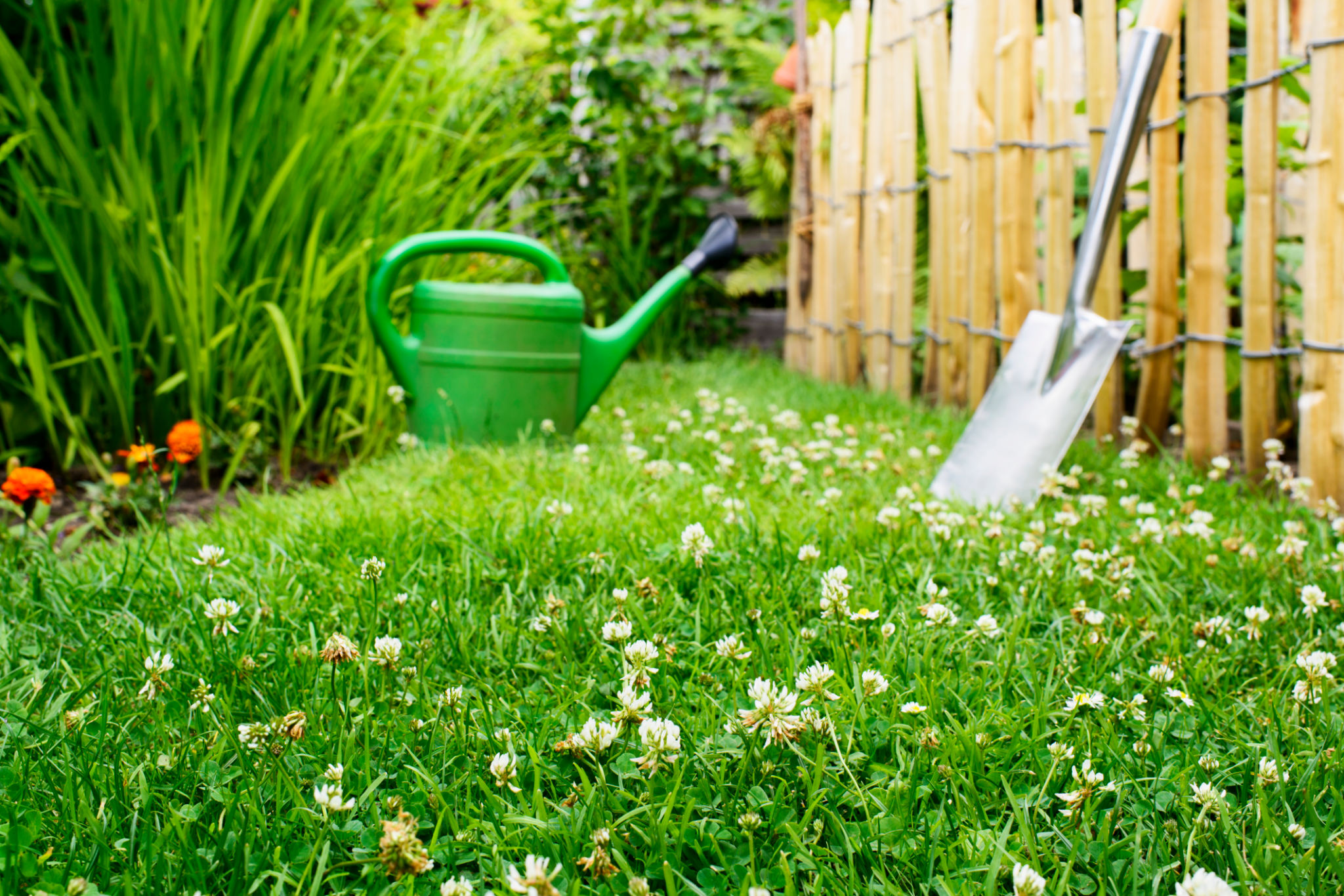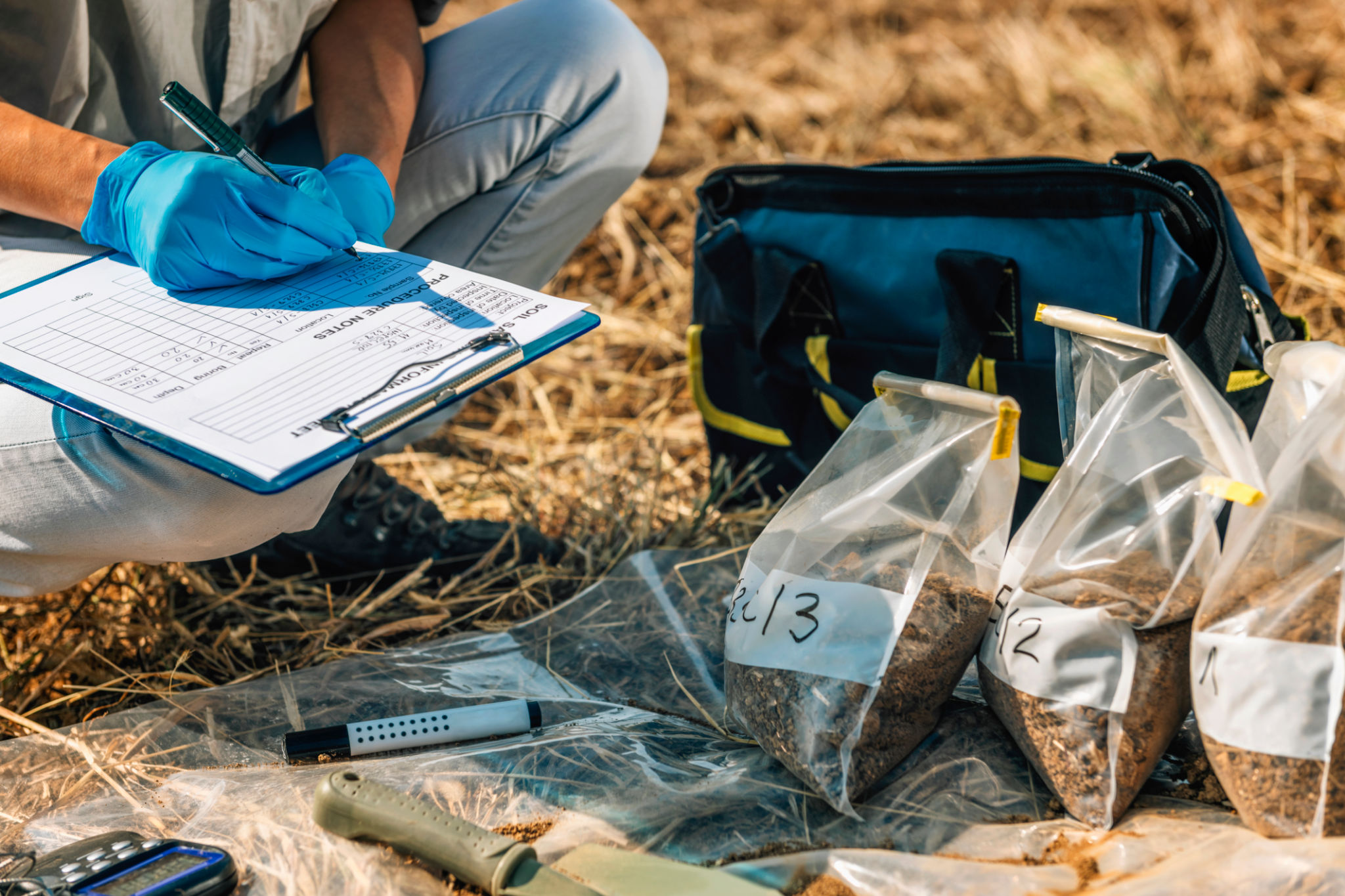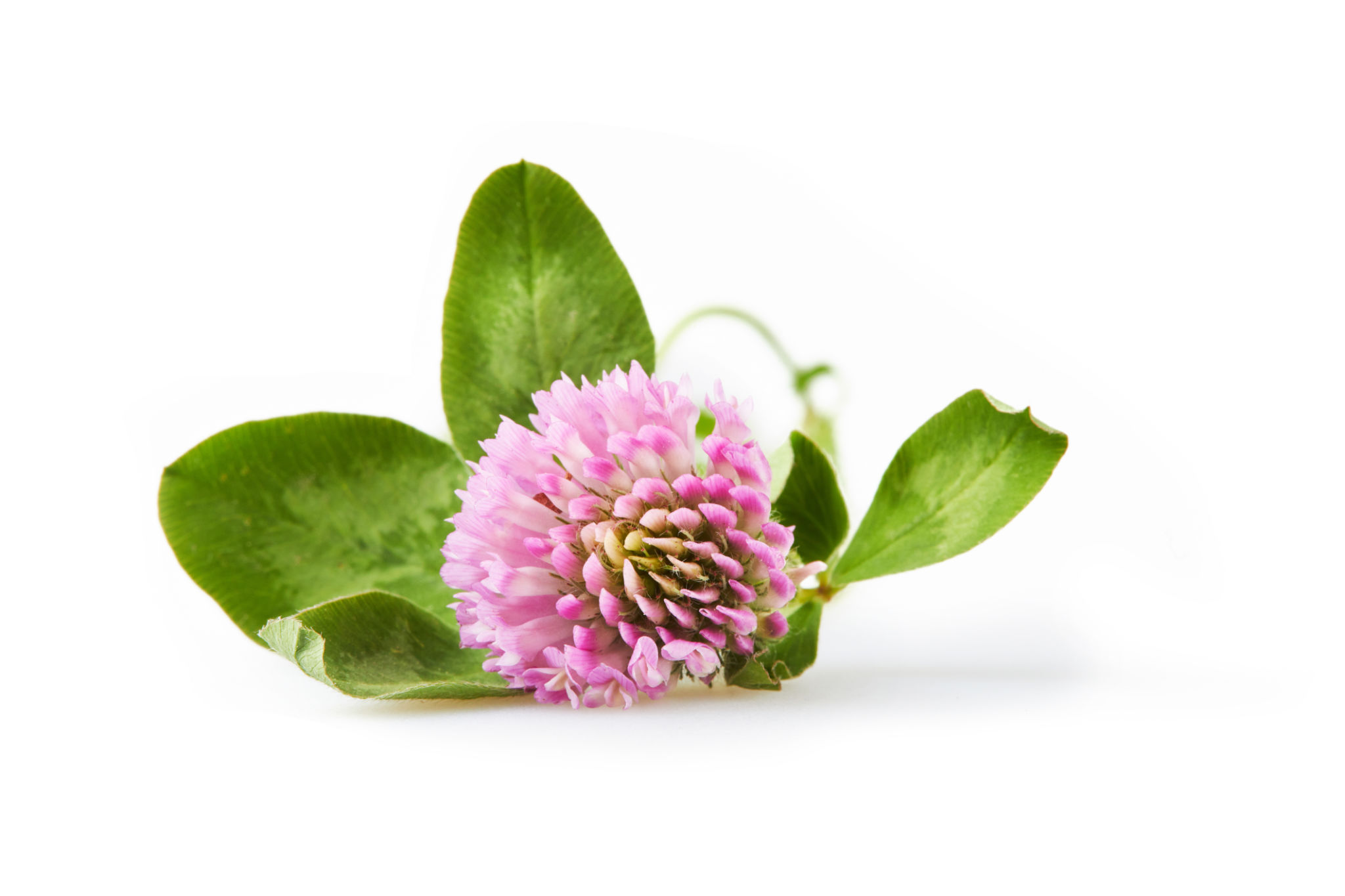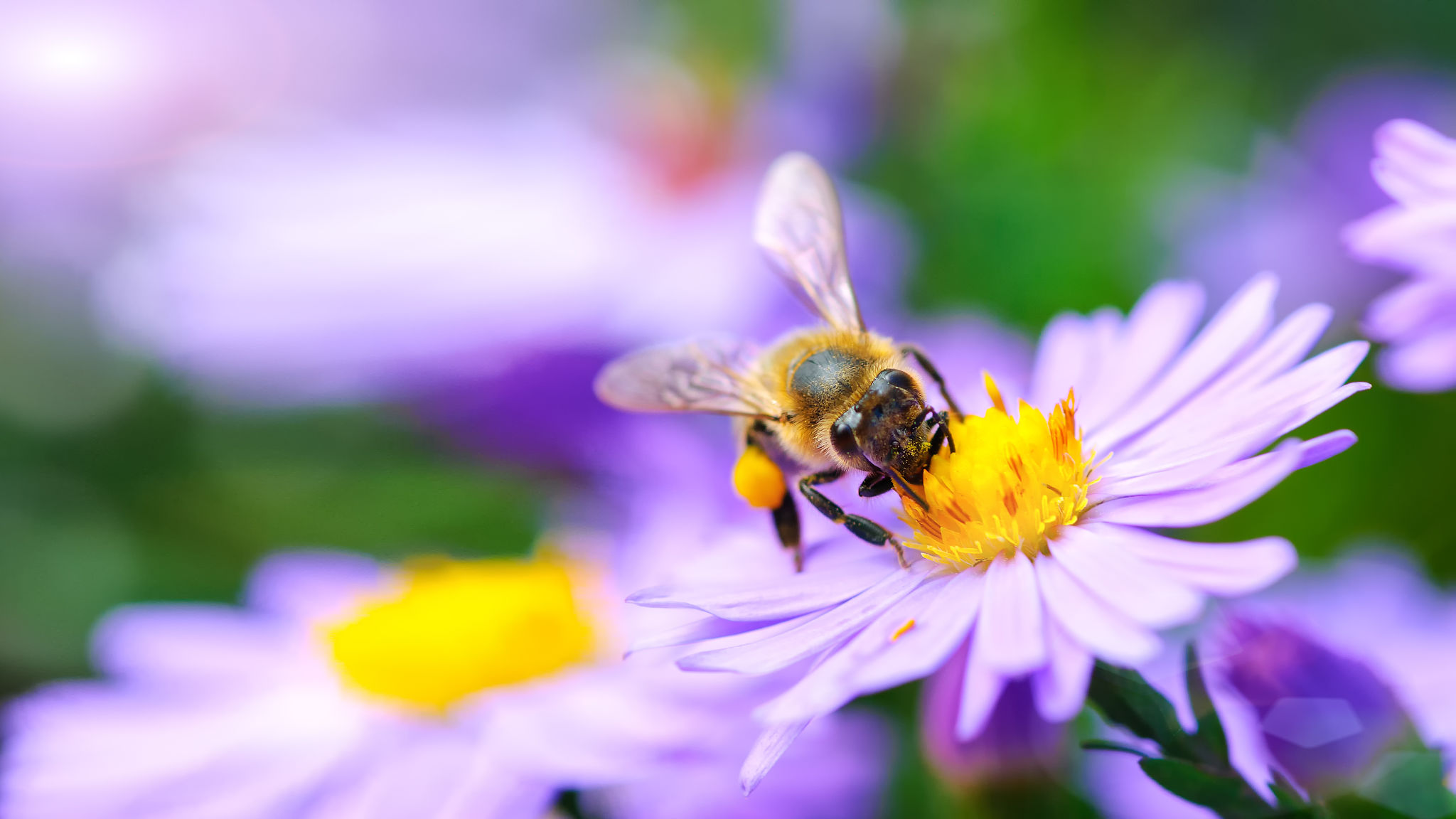Clover Lawn Conversion: Step-by-Step Guide to Transforming Your Grass Lawn
Why Consider a Clover Lawn?
Many homeowners are opting to replace their traditional grass lawns with clover. This trend is gaining popularity due to the numerous benefits clover offers. Unlike traditional grass, clover requires less water, reducing overall maintenance costs. Additionally, it stays green all year round and is resilient to various weather conditions, making it an attractive option for those seeking a lush, vibrant lawn with less effort.
Clover also benefits the environment by naturally enriching the soil with nitrogen. This means you'll use fewer fertilizers, leading to a healthier ecosystem. Moreover, clover lawns are pet-friendly and can withstand heavy foot traffic, making them perfect for households with active families or pets.

Preparing Your Lawn for Clover Conversion
Before starting the conversion process, it's essential to prepare your existing lawn. Start by mowing your grass as short as possible to make it easier for the clover seeds to reach the soil. Remove any weeds and debris to ensure a clean surface for planting. Aerating the lawn can also help improve soil health and increase seed germination rates.
Next, test your soil's pH level. Clover thrives in slightly acidic to neutral soils with a pH between 6.0 and 7.0. If your soil is outside this range, consider adding lime or sulfur to adjust the pH accordingly. This step is crucial for providing the best environment for your new clover lawn to flourish.

Choosing and Planting Clover Seeds
When selecting clover seeds, it's important to choose the right variety for your climate and lawn conditions. White clover and micro-clover are popular choices for lawns due to their low-growing nature and adaptability. You can purchase these seeds from most garden centers or online retailers.
Once you have your seeds, it's time to plant. For even distribution, mix the seeds with sand or sawdust before spreading them over your prepared lawn. Use a broadcast spreader for larger areas or hand-sow for smaller patches. Aim for a seeding rate of approximately 1 pound per 1,000 square feet.

Maintaining Your New Clover Lawn
After planting, water the seeds gently but thoroughly to encourage germination. For the first few weeks, keep the soil consistently moist but not waterlogged. Once established, clover is drought-tolerant and requires less frequent watering than traditional grass lawns.
Mowing is another vital aspect of maintaining your clover lawn. Mow high and infrequently to allow clover to spread and thrive. A mowing height of 3 inches is ideal, as it promotes healthy growth without stressing the plants.
Long-Term Benefits and Considerations
Transforming your grass lawn into a clover lawn comes with long-term benefits that go beyond aesthetics. You'll save time and money on maintenance while contributing positively to the environment. Clover attracts pollinators like bees and butterflies, promoting biodiversity in your backyard.
However, it's essential to note that clover may not be suitable for everyone. If you prefer a manicured lawn look or have allergies to bee stings, consider these factors before making the switch. Nonetheless, for many homeowners, the advantages of a clover lawn outweigh the potential drawbacks.
